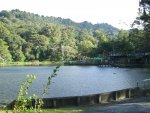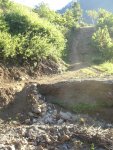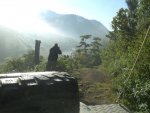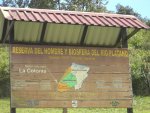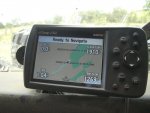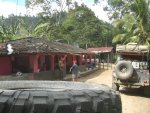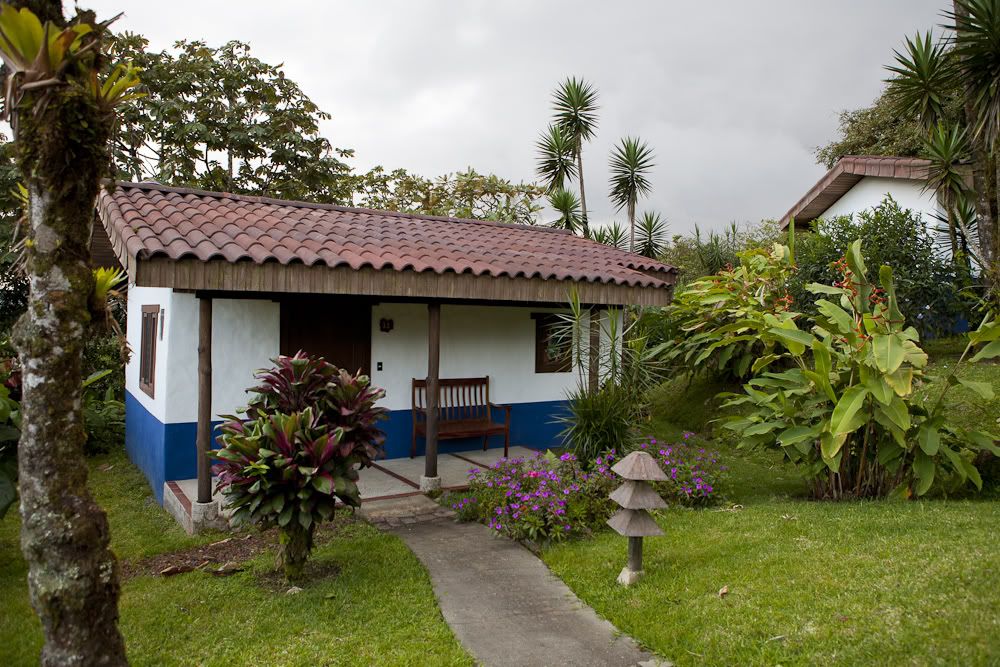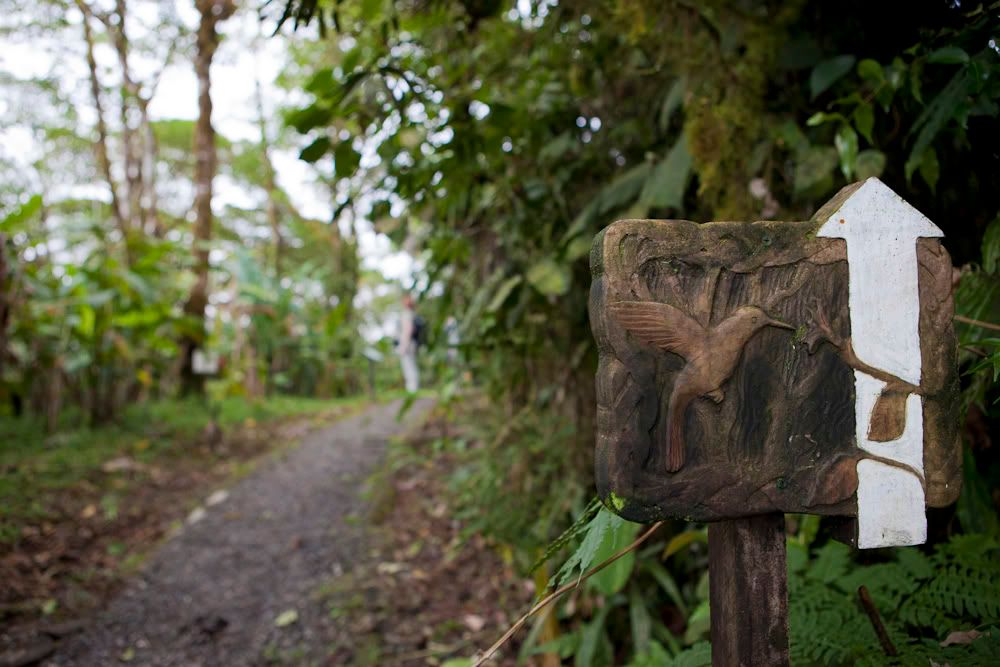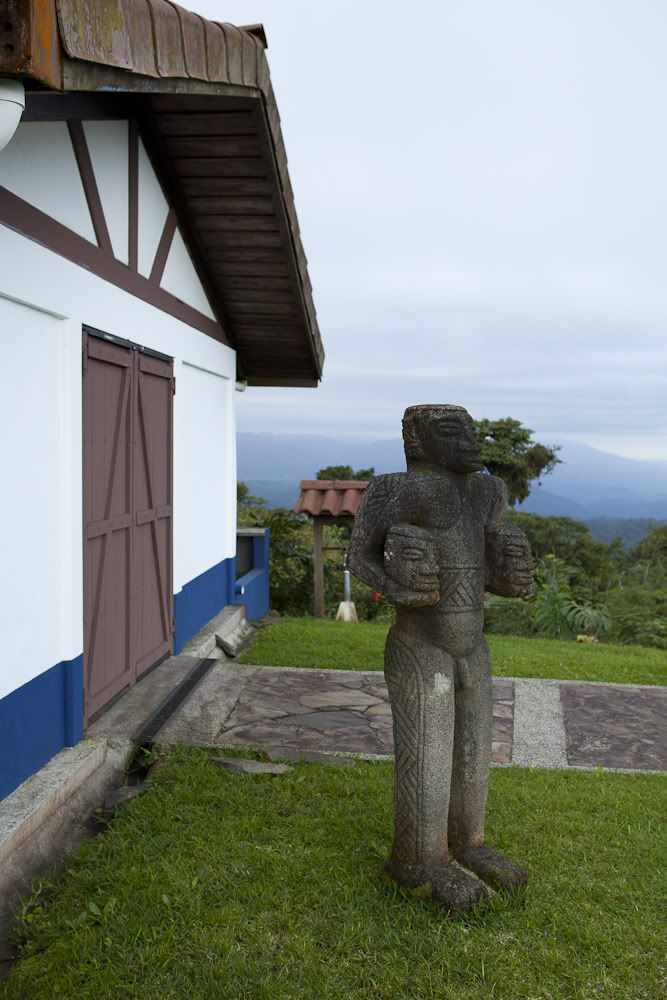After we left Grenada the plan was to head to eastern Nicaragua and the Mosquito coast. Navigation out that way was easy enough, but the further east we got the less friendly things got. My the time we hit Rio Blanco east of Matagalpa, two things surprised us. First we were still deep in farm land, not the beginning of jungle as we had expected, and the locals were getting more and more afraid of us, literally running away and not talking to us in some cases. Based on this and the lack of intel on the Leimus border crossing, we decided to head back to Matagalpa and spend the night there. We found a strange German retreat called Black Forest (Selva Negra) and got a bungalow there.

The plan was now to cross into Honduras and head east getting back to the Mosquito coast on the Honduran side and the Rio Platano. We crossed the border into Honduras with no issues at Las Manos and thought that the Biological Reserve at El Chile would be a good camping spot. Little did we realize that the road past Danli north was very slow going. By the time we reached Teupaseti and headed to towards the reserve we were on local directions which in this case turned out to be incorrect. We would not find out until the next day, and ended up camping in the road when we reached a washout that was not to be easily crossed. Camping in the road was the best option.
Local traffic is all two and four legged, hence the minimal fix.
Next morning we discovered our camp was on the side of a mountain in the middle of a farming community. They are the ones who told us we were on the wrong road to get to the reserve. Oh well. It was a beautiful drive out on a misty morning where Ben got to exercise his camera to the fullest.
Next destination was the Sierra Agalta north of Catacamas. Again, as we discovered with most Honduran reserves, there are no roads into them, and little if any provision for camping. The mayor's son in Catacamas directed us to the archeological reserve at Talgua where he said we could camp. Arrival there precipitated a conversation with the military who said we could go into the park on one of their tracks and camp where we wanted. Very nice offer, except that we could only get in about a half mile before we hit the Rio Tinto and no way to cross in fading light. So a beautiful camp by the river with the certainty of having to winch our way back out the following morning.
That evening we got a guided tour of the Talgua caves, details of which I will leave for another venue. The morning brought a good winching exercise to get us back out of the park and, after resupply in Catacamas, we headed for the place on the map where the roads end.

I have to insert a comment about the ITM map of Honduras here. It is, without out a doubt, the worst map I have ever had to use for navigation. And that includes a Subway Sandwich map I used for navigating around Managua. The ITM has roads that do not exist, it has place names completely wrong, and the extents of parks only have a passing resemblance with reality. On the map our decision point was at a town called Las Minas, where a northern route along the Rio Platano boundary or an eastern route into the park could be chosen. On the ground we discovered the town is actually called Los Mangos (mangos, mines, who knew?), and we decided that time required the northern route rather than the eastern one. At La Colonia the road gets pretty small, but the signs are big.

The roads on the Garmin had given up long before, so now we were back to navigating by local conversation. The people were more friendly than they had been in Nicaragua, but still suspicious. And coffee farms still dotted the landscape for as far as we could see, despite being on the boundary of what is called the second largest expanse of rain forest in the Americas.
More later
cheers










